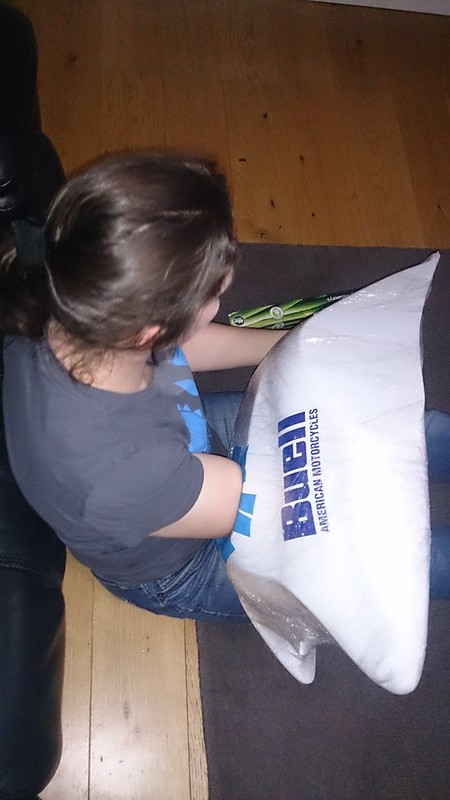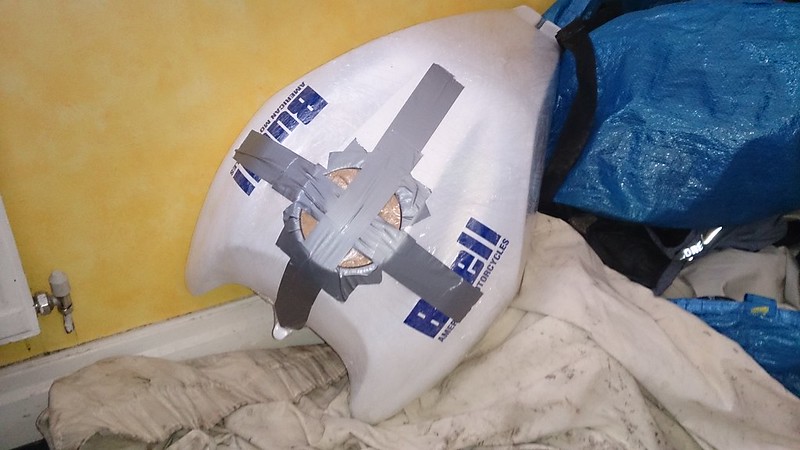Since I have had the S1W tank painted I thought I'd like it to last as long as possible and with ethanol content in fuel rising and only ESSO saying their Super Unleaded is free until the end of this year (then it too will have alcohol in), I have decided to coat the inside of the tank.
I bought some 'Flowliner' phenolic resin coating (
http://www.flowliner.co.uk/) which I am told should be OK inside the plastic Manta tank.
Though I wish I had done it BEFORE the painting, a little surfing and the purchase of some extra cling film in the weekly shop means I can be reasonably certain not to F up the outside of the tank......now I just need to ensure that the inside is prepped well and that in the coating process the resin is not allowed to 'pool' to any depth as the curing gives off significant heat which apparently can bubble paint....something I want to avoid!
The instructions for Flowliner (and Caswell tank coating stuff) recommend roughing up the inside of the tank with 'dry wall' screws, tossed around inside the tank. This didn't seem to 'key' the surface particularly well. So I then attacked the inside with some 'scotchbrite'. Again not that much of a key.
A little more surfing shows that some places apparently 'media blast' inside a tank before coating. With the tank having a wide neck with the filler removed it is relatively easy to get inside with coarse emery. So I got about 60% of the inside before my arms were struggling. Fortunately Madam was able to get further in to reach the parts I couldn't.
 DSC_0525
DSC_0525 by
jeznewsome, on Flickr
The outside of the tank was given a couple of layers of cling film before I started to protect the paint and practice what I plan to do for the epoxy.
It is possible to get a good look around quite a bit of the inside of the tank and the resulting 'key' looks like it should take the epoxy OK. A quick vac out of the resultant abrasive / plastic debris, then cleaning with some stardrops, warm water and then plenty of cold fresh water to rinse out and the tank is now waiting a few days to ensure it is thoroughly dry before the scary 'coating' bit.
Coating apparently is a couple of hours of a job to get a few layers onto the inside, looking to get into all areas. I will be knocking up a wooden 'cap' to bolt on to seal the top of the tank off to ensure I am able to get the inside of the painted top of the tank coated effectively. It is also something that needs to be done in the warm i.e. inside (haven't mentioned that to Julie yet

) in order to ensure that the resin flows effectively around the tank.
Obviously if I mess it up this will be my the last post on the subject!


 If thoroughness is the key then you deserve to succeed. If not then at least Julie has good prospects as a vet
If thoroughness is the key then you deserve to succeed. If not then at least Julie has good prospects as a vet 



